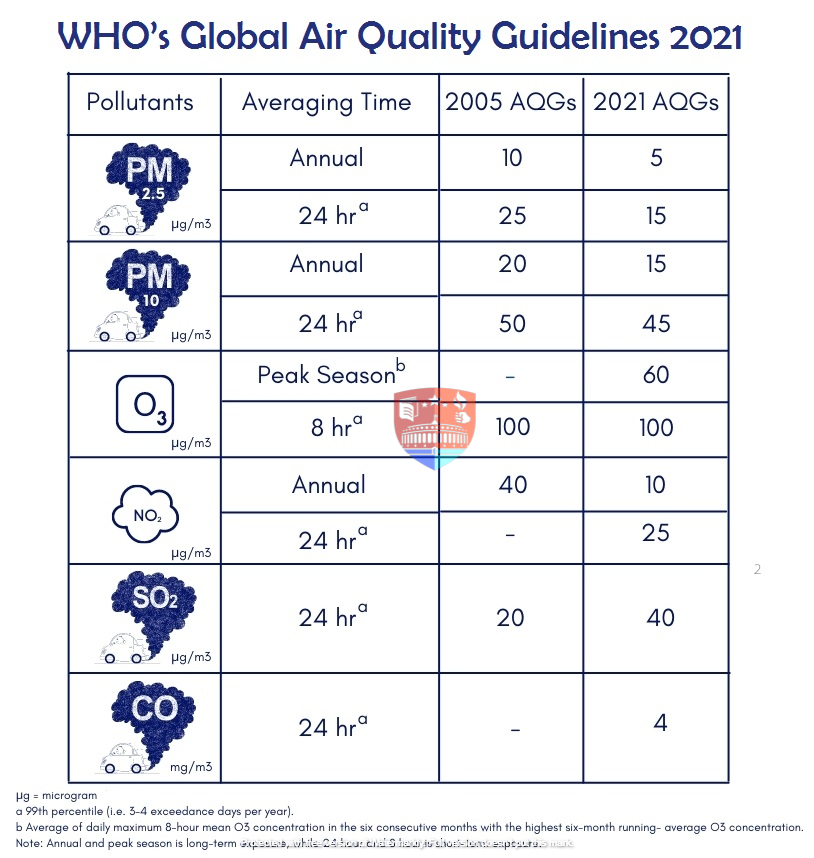Arunachal Pradesh has identified 1.33 lakh hectares of wasteland for taking forward the National Mission on Edible Oils-Oil Palm (NMEO-OP).
The Union government announced very high Minimum Support Price (MSP) for rabi crops such as oilseeds and pulses to boost their production.
Over 60% of India’s edible oil needs are met through imports.
The Global Air Quality Guidelines (AQGs) 2021 released by the World Health Organization (WHO) would make India appear worse than it already looked under the existing 2005 norms.
As per the WHO, every year, exposure to air pollution is estimated to cause 7 million premature deaths and result in the loss of more healthy years of life.
In children, this could include reduced lung growth and function, respiratory infections and aggravated asthma.
In adults, ischaemic heart disease and stroke are the most common causes of premature death attributable to outdoor air pollution.

The Copernicus Marine Environmental Monitoring Service has released the 5th edition of the Ocean State Report (OSR 5).
|
Oceans/ Seas |
Sea level rise |
|
Baltic Sea |
4.5 mm per year |
|
Iberian Biscay Ireland Seas |
3.6 mm per year |
|
Pacific Islands (Total Area) |
3.4 mm per year |
|
North West Shelf |
2.9 mm per year |
|
Mediterranean Sea |
2.5 mm per year |
|
Black Sea |
1.7 mm per year |
The Supreme Court introduced the Fast and Secured Transmission of Electronic Records (FASTER) system.
Source: PIB, The Hindu, The Indian Express, Down To Earth